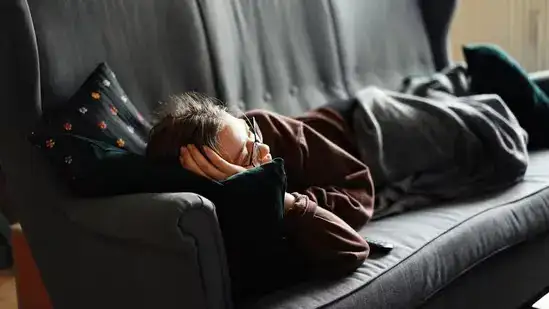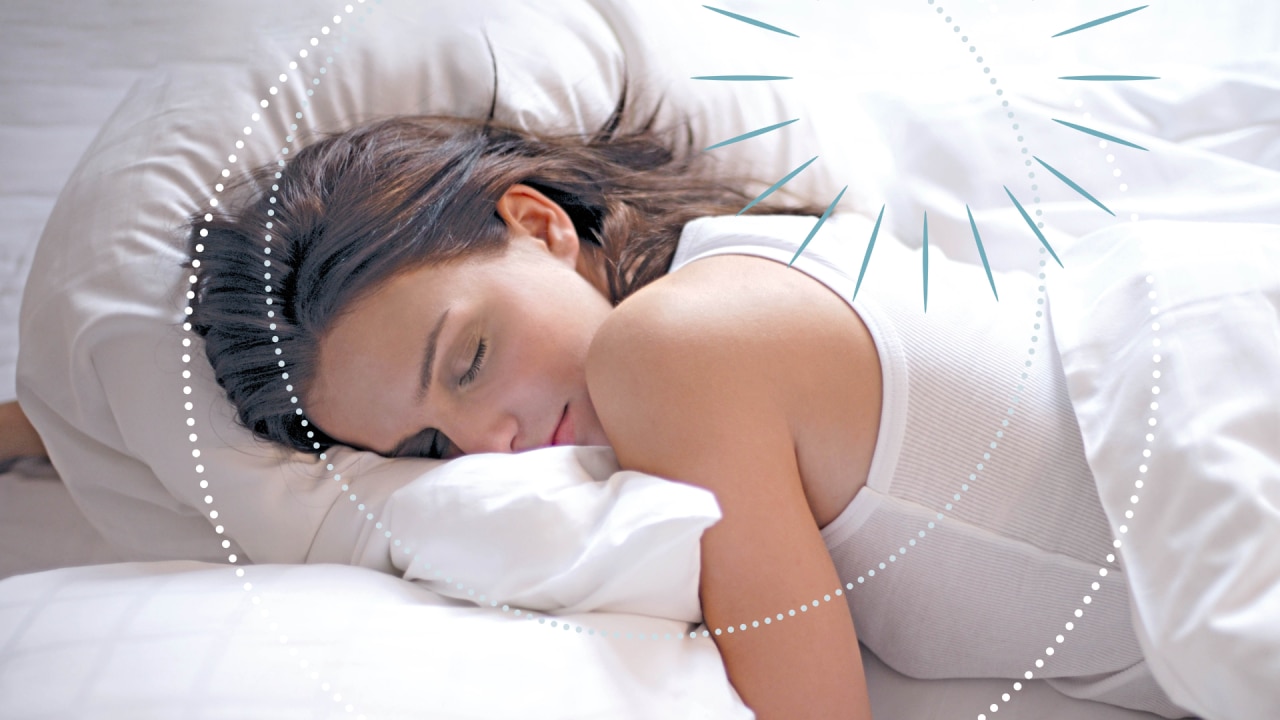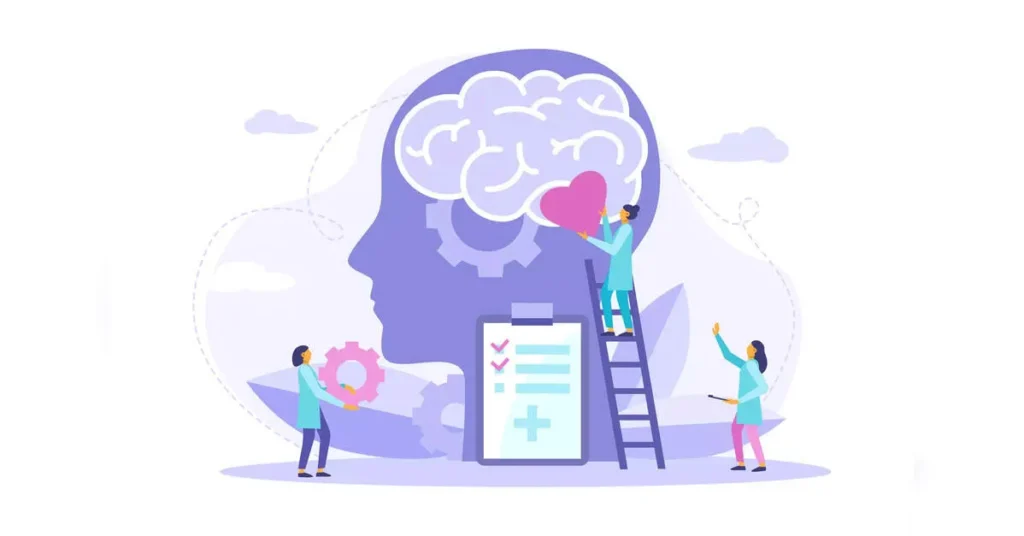Kendra King usually takes a 20- to 30-minute nap in the early afternoon on most days now that she works from home. King, a Philadelphia-based writer, stated, "Most of the time, I don't go in to take a nap, but rather to lay down and rest." After that, I fall asleep and wake up feeling refueled and ready to tackle the day. King was unaware that she had naturally adapted to the napping routine recommended by sleep experts. or that, even though she has experienced it, researchers claim that short naps enhance motor skills, memory, and creativity.
She stated, "I'm more creative after napping." According to experts, this is because "power naps"—those that last for less than 30 minutes—allow the brain to rest in a way that makes you more alert. The naps aren't so long that you fall into a deeper sleep that you wake up feeling groggy. We are aware that it is a simple and useful method for quickly increasing alertness, concentration, productivity, creativity, and mood. It's a royal flush,” declared Cornell University professor James Maas, who worked on sleep research for 48 years.
How naps fit into the body's natural rhythm
Author of "Sleep for Success! ", Maas Everybody experiences an afternoon energy slump, according to "Everything You Must Know About Sleep But Are Too Tired to Ask." It all comes down to the body's circadian rhythm, which has two periods of drowsiness every 24 hours—one at night and another between about 2 and 4 p.m. On a typical night, people go through five stages of 90 minutes of sleep, from light sleep to deep sleep, with the deepest stages in the middle. Because daytime sleep follows the same pattern, Maas doesn't recommend taking long naps. Due to the phenomenon known as sleep inertia, it can take up to an hour to wake up from such a deep sleep.
Sara Mednick, a sleep researcher at the University of California-Irvine, stated, "Shorter naps only include stage-two sleep, which is particularly beneficial for alertness and memory." According to Mednick, author of "Take a Nap!," "It's like putting yourself into low-power mode just for a little bit and letting your body recuperate." Change the way you live.

Her research has shown that naps work better to improve cognitive function than caffeine or a placebo. In fact, of the three, that afternoon cup of coffee is the least effective. She stated, "We demonstrated better effects on performance with the placebo than with the caffeine." Therefore, you will perform better than if you consume caffeine if you believe you are taking in caffeine.
How to begin
Set a timer for 15 or 20 minutes in a quiet, dark, and cool place. This is a good starting point until you see how your body adjusts. According to Mednick, you can still receive benefits even if you feel like you haven't slept in a while. Stage three, deep slow-wave sleep, is when people feel like they are falling asleep. When you are in stage-two sleep, your brain is still alerting you to the world around you, she said. However, this does not necessarily imply that you are not enjoying the advantages of sleep.
As long as they are not taken too late in the day, experts claim that short naps do not disrupt sleep at night. Try to fall asleep around six or seven hours after waking up and at the same time each day. Mednick advised delaying longer naps until the weekend or when you can sleep for an entire 90 minutes. You enter slow-wave sleep after about 30 minutes, which aids in muscle tissue repair. The phase at the end of the cycle is called REM (rapid eye movement) sleep; it's related to whimsical dreams and helps process feelings.
:max_bytes(150000):strip_icc()/GettyImages-1352026356-15f5779ee2a6480e81d2de996a61c14c.jpg)
According to Maas, the only people who shouldn't nap are those who have trouble sleeping at night. Seniors, in particular, should be on the lookout because they frequently nap excessively during the day.
Don't like to nap?
Mednick's exploration additionally has shown that resting isn't a great fit for everybody. The majority of the people she tested did not benefit in any way. "Listen to your body," I'd say to people who don't like to sleep.
A quick 20-minute nap can provide a refreshing boost, improving mood, alertness, and productivity. Experts recommend it for various benefits, especially when feeling fatigued, making it an effective tool for combating stress or mid-afternoon slumps.
When you take a 20-minute nap, you're staying within the lighter stages of non-REM (Rapid Eye Movement) sleep. This avoids the deeper sleep cycles that might leave you groggy if interrupted. As a result, a 20-minute nap offers the benefits of rest without the negative side effects, like sleep inertia, which occurs when waking from deep sleep stages.
In addition to productivity and alertness, naps can also help to reduce stress and lower blood pressure. These physical and mental health benefits are tied to the restorative properties of napping.
The ideal setup for a nap includes a quiet, dark space where you can fully relax without distractions, which maximizes the restful effects.. The ideal setup for a nap includes a quiet, dark space where you can fully relax without distractions, which maximizes the restful effects.
To make the most of a power nap, consider creating a consistent routine, setting a timer, and avoiding caffeine or other stimulants before your nap. Even if you don't fall asleep during the 20 minutes, the relaxation alone can still refresh you and enhance focus. So, whether you're at work or just need a midday break, integrating short naps into your routine can provide substantial benefits for both your mind and body.
It's important to time your nap right to maximize these benefits. Most experts suggest the early afternoon, between 1-3 PM, as the ideal time for a nap. This is when many people experience a natural dip in energy.. Keeping it under 30 minutes is key, as longer naps can lead to grogginess and potentially disrupt your nighttime sleep.








